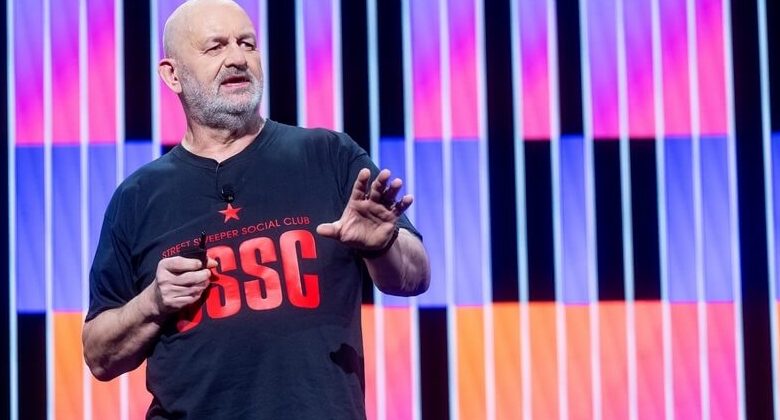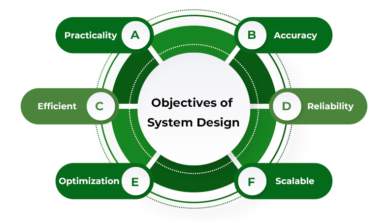Amazon CTO Talks Cloud, Creative Architecture, and Cost

In a keynote presented in-person and streamed from at last week’s AWS re:Invent conference, Amazon Vice President and CTO Werner Vogels wanted to talk about cost-aware architecture.
He noted that for some of the attendees in the audience, their careers began in a world where the cloud is widely available; and they might never have to work without access to such resources. “The great thing about sort of moving out of that whole hardware environ and into the cloud was that we suddenly could build these architectures that we always wanted to build,” Vogels said. “We no longer were constrained by the physicality of all those servers.”
Reflecting on the past, he said such hardware constraints might have catalyzed certain kinds of creativity to operate under such conditions, but new innovation is possible now without such limits. “If I think back about being in the pre-cloud days of Amazon, the retailer, I was really good at predicting sort of how much capacity we needed,” Vogels said. “We could make the decision to make sure we had 15% hardware over the expected peak for that year, but still nothing would happen to us. Nothing unexpected.”
At least, until something unexpected did occur. “In the days that [Nintendo] Wiis and [Sony] PS4s were very scarce, someone posted a message somewhere saying, tomorrow Amazon will have a thousand Wiis for sale at 11:00 in the morning,” he said. “Well, you know what happens at five minutes to 11? F5, F5, F5 — assuming you’re a Windows user.”
That key command let consumers repeatedly refresh the website again, and again, and again as they attempted to score the then-hard to find video game consoles.
Vogels said Amazon worked its way around the influx of traffic, finding creative ways to ensure all customers could be served in the midst of an online stampede. “It required a lot of work and a lot of handholding,” he said. “But more importantly, there were also restrictions on business innovation because of that.” This could be particularly tricky in the lead up to Black Friday, he said, as teams proposed innovations that might boost revenue and profits during the holiday frenzy.
“There was sort of an art in sort of building these systems and living within the constraints that you had,” Vogels said. “And now cloud of course, removed all of those constraints. Now suddenly, you could do all these things. I didn’t have to have long conversations with the business about sort of reducing their footprint. You could do everything.”
Newfound freedom can lead to different kinds of concerns as technology is exploited.
“When constraints get removed, when we throw off the shackles of something that keeps us down, we have a tendency to swing the pendulum all the way to the other side,” he said. “Suddenly, what is the most important thing is actually to move fast, to get new products out, to start thinking about all the things you could do now that you couldn’t do before.” While such freedom led to innovations built on AWS, Vogels said a change in mindset and approach, to focus on moving fast, some practical thinking can fall by the wayside. “If speed of execution becomes more important, we kind of lost this art, this art of architecting for cost and keeping costs in mind.”
When macroeconomic climates change and companies become more cost-conscious, he said more attention is aimed at the price of innovation in those systems.
Large enterprises might have the money to throw at cloud architecture, but many other organizations must operate within strict budgets, Vogels said. That includes the Public Broadcast Service (PBS), a noncommercial television broadcaster. “They have to live within a strict budget,” he said. “It’s not only that they provide all these programs for the affiliates. They also stream all content. And at the 40th anniversary of Sesame Street, they completely broke down.” This occurred in 2009 while PBS was streaming out of its own data centers. This led PBS to migrate to AWS, Vogels said, to operate at a massive scale.
“If you just do lift and shift of something that wasn’t scalable and efficient in your own data center, it isn’t suddenly scalable and efficient in the cloud either,” he said. With that migration, PBS sought to make use of every AWS service available, driving the cost of streaming down by 80%, Vogels said. Such cost savings, he said, were not just because of the migration. “They re-architected with cost in mind.”
With his keynote focused on such themes, Vogels discussed other instances where cost considerations were married to cloud architecture, even with an abundance of options and resources available. “You have to consider cost at every step of your design,” he said, drilling down on the importance of remembering the business case that drives — and likely justifies — the exploration of new technology. “We’re not just building technology for technology’s sake,” he said. “We are building technology to support our business and I hope that all of you are in an organization that probably has some sort of agility, agile development strategy where you are close with your business partners.”



